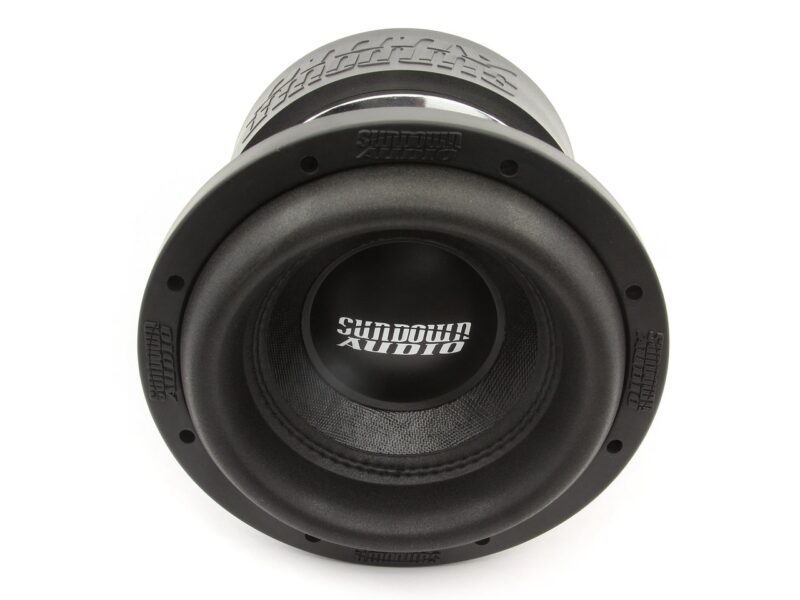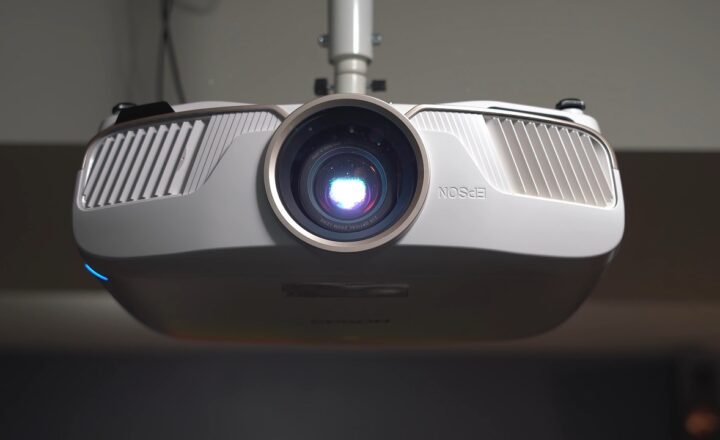How to Pair a Subwoofer with Your Sound System for Deep, Resonant Bass
November 13, 2024

Adding a subwoofer to your home sound system can revolutionize your audio experience, delivering deep, resonant bass that brings movies, music, and gaming to life. Whether you’re an audio enthusiast or someone new to home theater setups, knowing how to pair a subwoofer effectively is essential for achieving optimal sound quality. In this comprehensive guide, we will walk you through the process of selecting the right subwoofer, connecting it to your system, configuring it for maximum performance, and troubleshooting common issues.
1. Understanding Subwoofers
Before diving into the pairing process, it’s important to understand what a subwoofer does and why it’s valuable. Subwoofers are specialized speakers designed to reproduce low-frequency sounds, typically below 200 Hz. This range includes the deep bass in music, the rumble of movie explosions, or the low notes of a synthesizer that standard speakers struggle to produce. Here are a few key points about subwoofers:
- Types of Subwoofers: There are two primary types – passive and powered (active) subwoofers. Active subwoofers come with built-in amplifiers and are easier to set up, while passive subwoofers require an external amplifier.
- Enclosure Types: Subwoofers are available in different enclosures like sealed, ported, and bandpass, each affecting sound quality and performance.
- Frequency Response: A good subwoofer should have a low-frequency response that complements your main speakers, enhancing the overall sound.
2. Choosing the Right Subwoofer
When choosing a subwoofer, consider the following factors:
- Room Size: Larger rooms may require larger or multiple subwoofers to fill the space with adequate sound.
- Power Rating: Measured in watts, the power rating indicates how much energy the subwoofer can handle. Higher wattage usually correlates with greater volume and deeper bass.
- Driver Size: Typically ranging from 8 to 18 inches, larger drivers can move more air, producing deeper bass. However, consider balancing size with the type of music or content you enjoy.
3. Connecting Your Subwoofer
Connecting a subwoofer correctly is crucial for optimal performance. Here’s how to do it:
- Using RCA Connections: Most subwoofers connect using RCA cables. Locate the ‘sub out’ port on your receiver and connect one end of the RCA cable to this port and the other to the corresponding input on the subwoofer.
- Speaker Wire Connection: If using a passive subwoofer, connect it to your amplifier or receiver using speaker wire. Make sure to connect the positive and negative terminals correctly to avoid phase issues.
- Wireless Option: Some modern subwoofers offer wireless connections, allowing for seamless integration without the mess of cables. Ensure both your receiver and subwoofer support this feature.
4. Configuring the Subwoofer Settings
Once your subwoofer is connected, configuration is key to achieving the best sound:
- Placement: Place your subwoofer in a corner or near a wall for enhanced bass response. Experimenting with placement can greatly affect your audio experience.
- Phase Setting: Adjust the phase switch on your subwoofer (0 or 180 degrees). This helps synchronize the bass with the main speakers, reducing distortion and improving clarity.
- Volume Level: Set the subwoofer’s volume level appropriately. A good starting point is about 50-75% of maximum volume, then adjust according to your listening preferences.
- Low-Pass Filter: This setting determines the frequency range sent to the subwoofer. A typical crossover frequency is between 80-120 Hz, depending on your main speakers’ capabilities.
- Room Calibration: Some receivers offer automatic room calibration. Use this feature to optimize your subwoofer settings based on your room’s acoustics.
5. Troubleshooting Common Issues
If you encounter problems with your subwoofer, consider the following troubleshooting tips:
- No Sound: Check all connections, ensure the subwoofer is powered on, and verify that the settings on your receiver are correct.
- Distorted Sound: This could be due to improper phase alignment or incorrect placement of the subwoofer. Experiment with the settings and positioning to eliminate distortion.
- Uneven Bass Response: If the bass feels weak or uneven, try moving the subwoofer to different locations within the room. Every room has its acoustic properties that can change the sound quality.
Conclusion
Pairing a subwoofer with your sound system can transform your listening experience, providing deep and impactful bass that enhances everything from music to movies and gaming. By carefully selecting, connecting, and configuring your subwoofer, you can unlock its full potential and enjoy a richer, more immersive sound experience. With a little experimentation and adjustment, you’ll discover the sweet spot for bass that complements your overall audio setup.
If you are ready to elevate your sound system, follow this guide to successfully integrate a subwoofer, and enjoy the deep, resonant bass it brings to your home audio experience.






